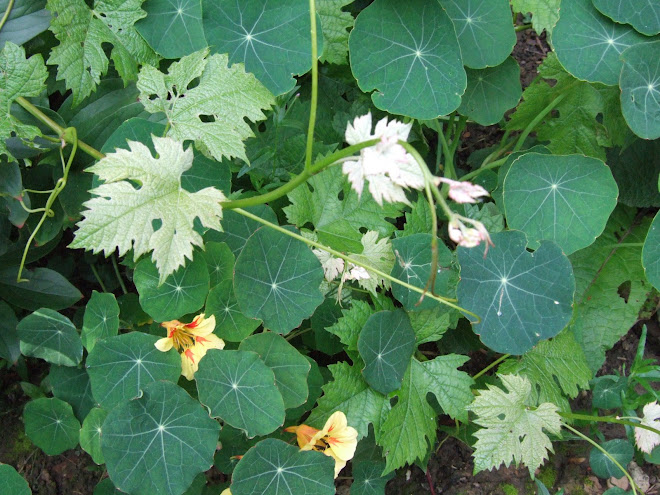I woke myself up this morning with a nightmare. It's one I've dreamt before; no doubt I'll dream it again. I'm strangling someone but with insufficient conviction. I hauled my sorry a***, racked with a filthy head cold, sore throat and aching ankles out of bed and made a cup of tea and a couple of maxi-flu paracetamols. An hour or two later and I'm feeling perky and ready for a longish walk and some fresh air.
Driving down the A38 listening to Classic FM on the way to the National Arboretum and the weather is cold and blowy with occasional snow flurries. Perfect Easter Bank Holiday Monday weather. And then this came on the radio ---->
And we walked all through the trees and as always here, found new memorials and plaques of remembrance. One tree on the outer edge of the Merchant Navy Convoy Memorial was dedicated to a teenager, a little naval apprentice who spent his 18th birthday floating on a raft after his vessel was bombed, and where he died 10 days later.
This memorial is densely planted with 2,535 Sessile Oaks representing every British flagged merchant vessel lost to enemy action during the Second World War. The Sessile Oak, Quercus petraea, is native to Great Britain and mid-Europe. Significant botanical differences with English Oak include the stalked leaves, and the stalkless (sessile) acorns. It is found more frequently than English Oak in upland areas that have a higher rainfall, but also the lighter soils, which it prefers. The Royal Navy was once said to be founded on “Hearts of Oak” – a reference to the stoic nature of British seaman.


No comments:
Post a Comment